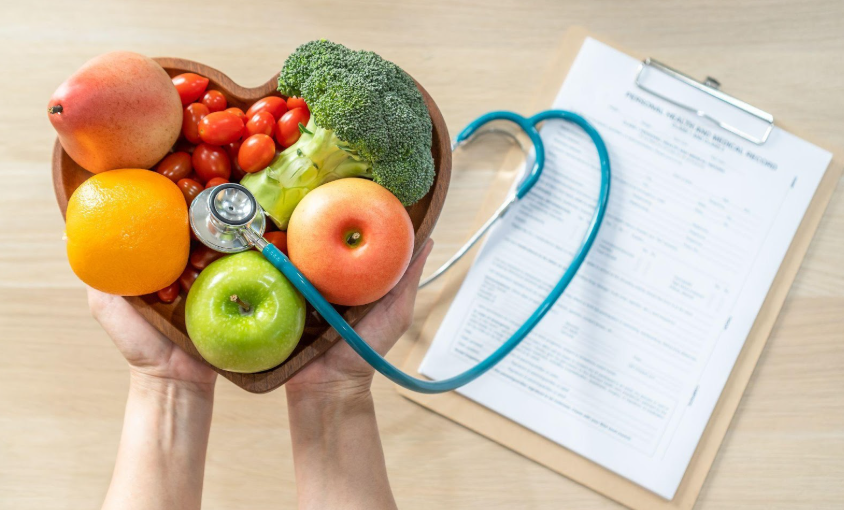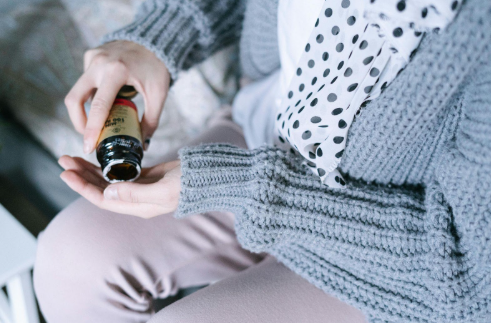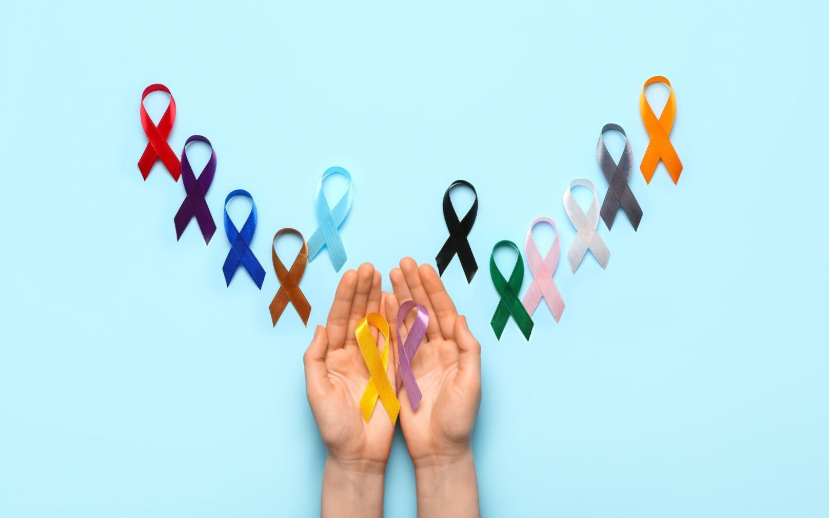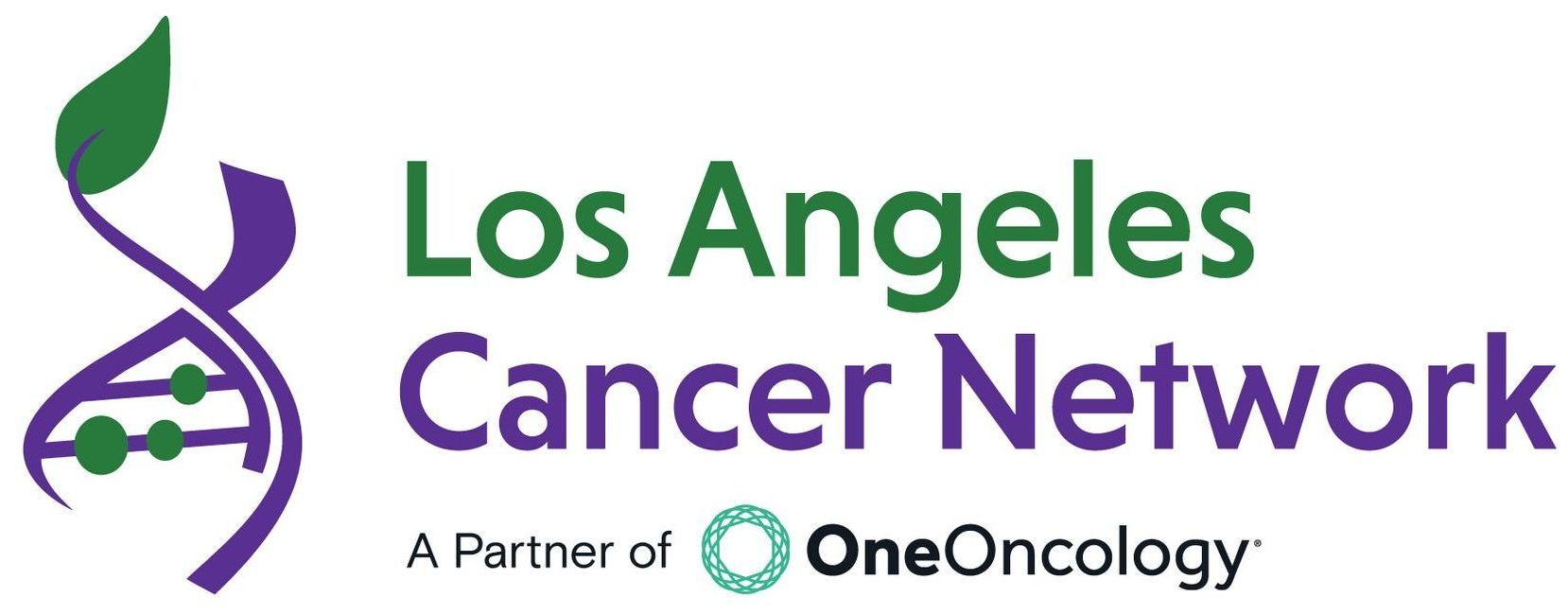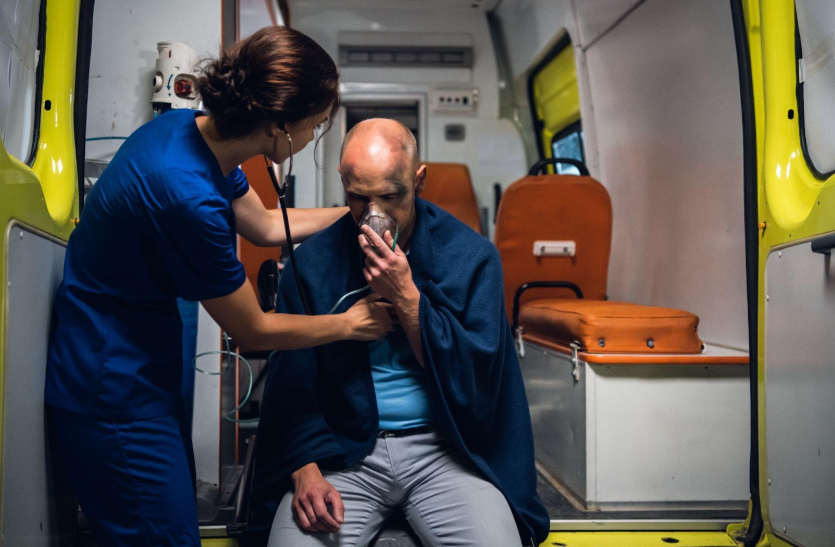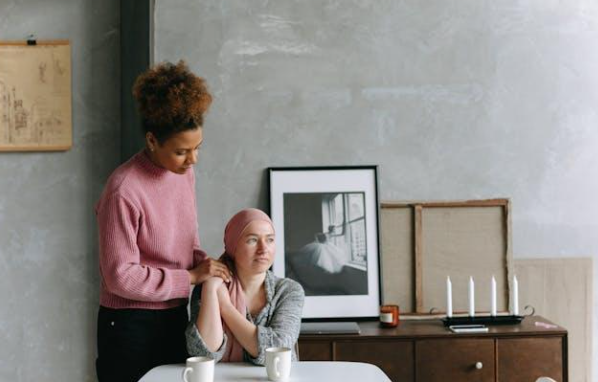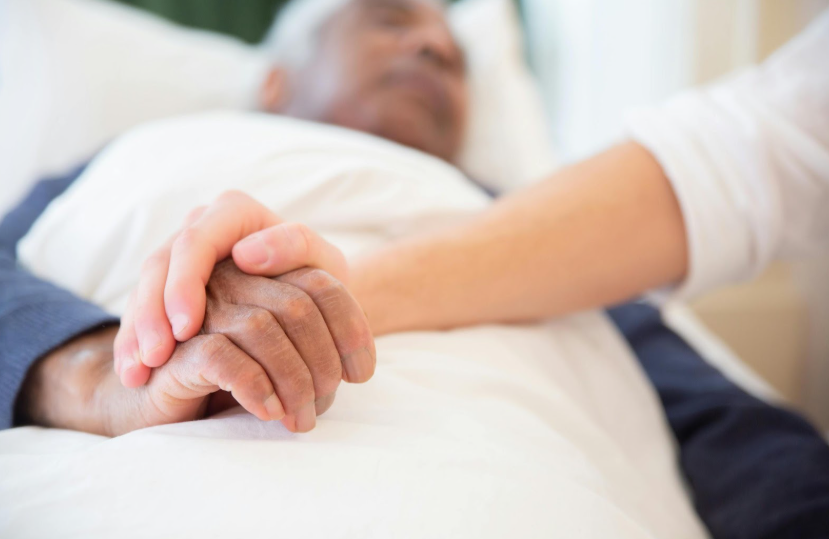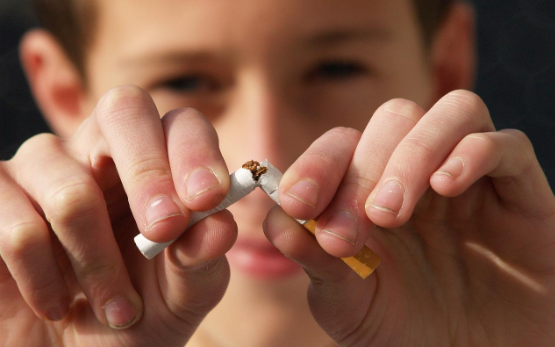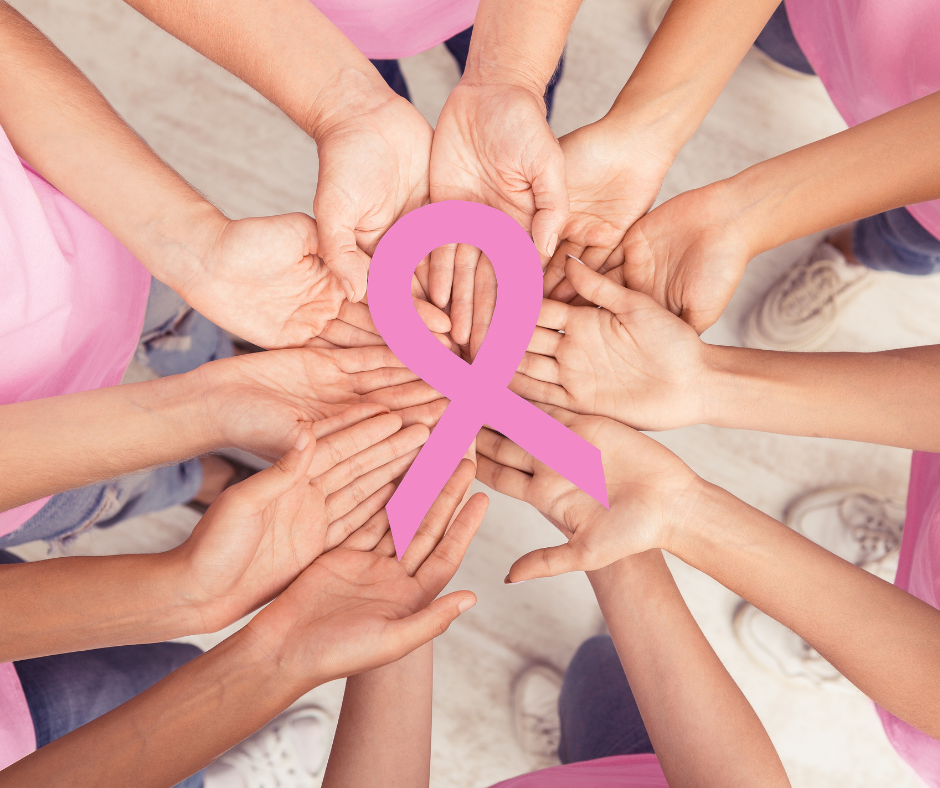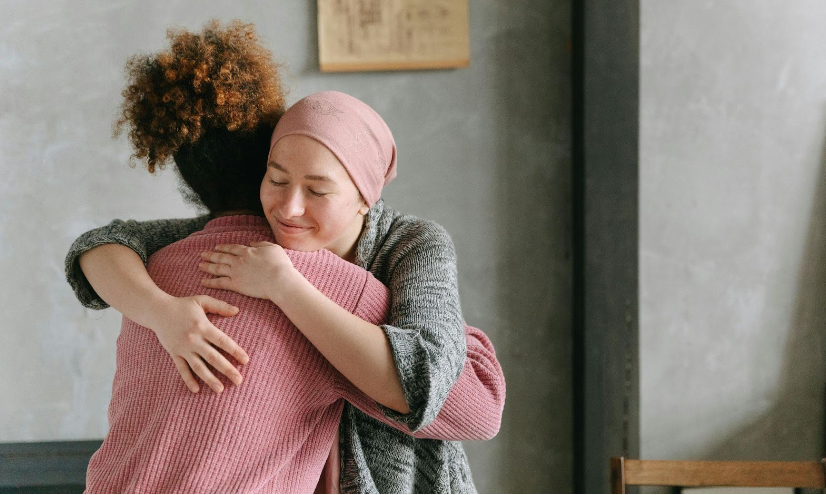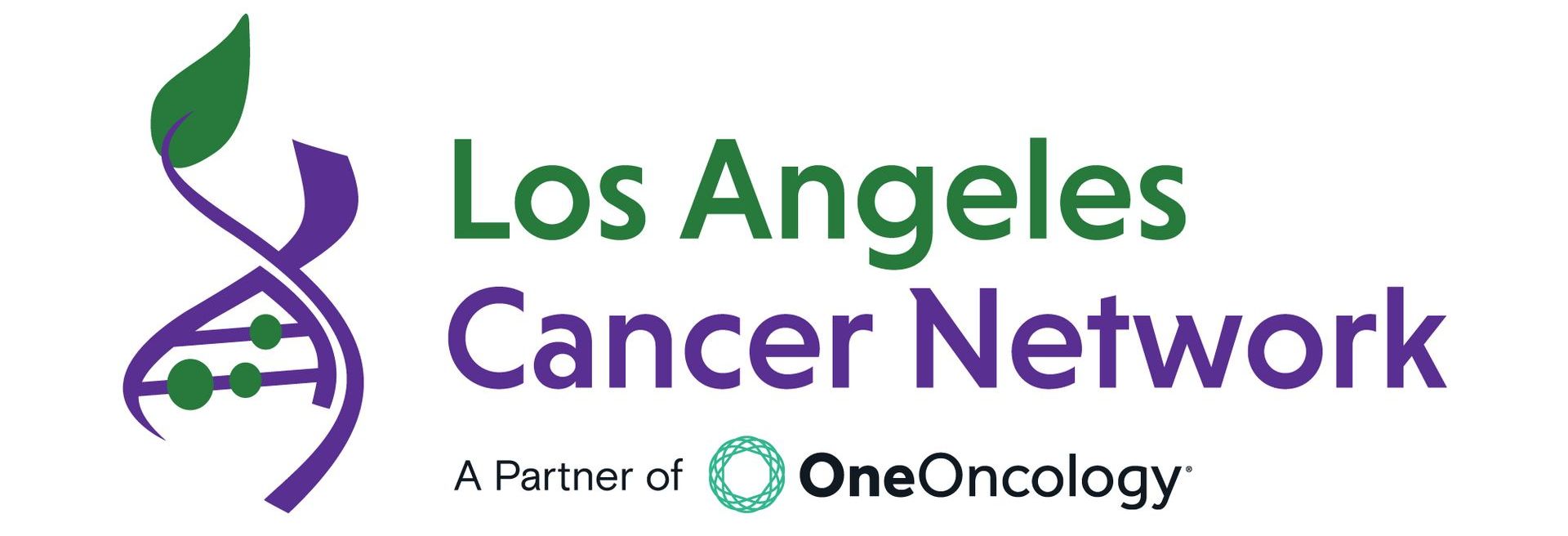Heat and Cancer Treatment: How to Stay Safe During California's Hot Summer Months
Heat and Cancer Treatment: How to Stay Safe During California's Hot Summer Months
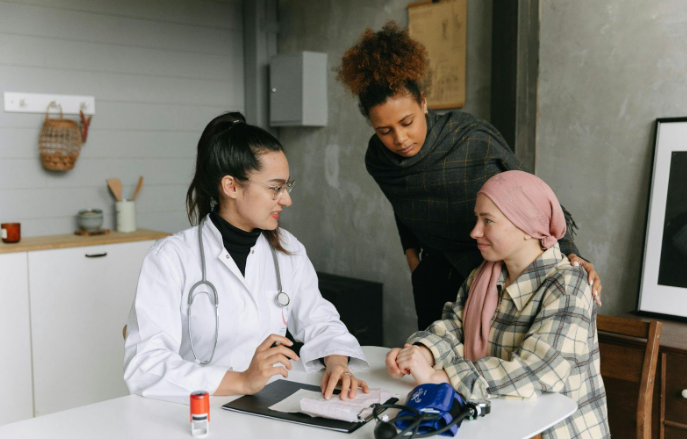
California is known for its beautiful weather, but during the peak of summer, temperatures can soar to dangerous levels. While heat waves can be uncomfortable for anyone, they pose a particularly serious risk to individuals undergoing cancer treatment. The combination of high temperatures and the physical toll of therapies like chemotherapy, radiation, and immunotherapy can put patients at increased risk for heat-related illnesses.
Let’s explore these risks and implement strategies to stay safe during the hottest months of the year.
Why Cancer Patients Are at Higher Risk from Heat
Cancer and its treatments often place a heavy burden on the body’s ability to regulate temperature and stay hydrated. Here’s why heat is particularly dangerous for individuals undergoing cancer treatment:
- Dehydration Risk: Many cancer treatments cause side effects like vomiting, diarrhea, or reduced appetite—all of which can lead to dehydration. Heat compounds this risk by increasing fluid loss through sweating.
- Impaired Thermoregulation: Chemotherapy and radiation may impair the body’s ability to sweat or regulate body temperature, making it harder to cool down.
- Medication Interactions: Some cancer medications increase photosensitivity (sensitivity to sunlight), leading to a higher risk of sunburn or heat rash.
- Weakened Immune System: Hot weather can promote the growth of bacteria in food and water, increasing the risk of infection—something especially concerning for immunocompromised patients.
How Different Cancer Treatments Interact with Heat
Each type of cancer treatment comes with its own challenges when dealing with high temperatures:
Chemotherapy
Chemotherapy can alter how your body responds to temperature. It may reduce the number of white blood cells, increasing susceptibility to infections from heat-related illnesses like heat exhaustion or heat stroke. Some chemo drugs make skin more vulnerable to sunlight, increasing the risk of sunburn.
Radiation Therapy
Radiation treatments, especially to the head and neck, may impair your body’s ability to produce sweat or regulate internal temperatures. If your skin has already been exposed to radiation, it may be more sensitive to sunlight and prone to burns.
Immunotherapy
While immunotherapy boosts your immune system, it can also lead to inflammation or fever, which may be exacerbated by high temperatures. Patients may feel chills followed by overheating, which can mimic or mask early signs of heat illness.
Hormone Therapy
Used especially for breast or prostate cancer, hormone therapy may cause hot flashes and excessive sweating. These side effects can be intensified during summer months, leading to discomfort or dehydration.
Warning Signs of Heat-Related Illness
Recognizing the early signs of heat-related illness is essential for prevention and quick intervention. Common symptoms that may appear in the early stages include fatigue, dizziness, headache, dry mouth, and increased thirst. These signs may easily be mistaken for side effects of cancer treatment, which is why both patients and caregivers need to be extra cautious during hot days.
As the condition worsens, symptoms can escalate to nausea, vomiting, muscle cramps, rapid heartbeat, and flushed or hot skin. In severe cases, individuals may experience confusion, fainting, or a dangerously high body temperature, indicating heat stroke. Immediate medical attention is required in such cases, as heat stroke can be life-threatening.
Best Practices for Staying Cool and Safe
Staying indoors during peak heat hours is one of the most effective ways to reduce exposure. Patients should aim to remain in air-conditioned environments between 10 AM and 4 PM, when the sun is at its strongest. If air conditioning is not available at home, local cooling centers or public spaces like libraries and shopping malls offer relief.
Hydration is another crucial aspect of heat safety. Cancer patients should drink small amounts of water throughout the day, even if they do not feel thirsty. This helps maintain fluid balance and prevent dehydration. Electrolyte-rich beverages may be beneficial, but it's essential to consult a healthcare provider before introducing new drinks into the routine, especially if dietary restrictions are in place.
Lightweight, loose-fitting, and light-colored clothing allows for better air circulation and reduces heat retention. Wide-brimmed hats and UV-protective sunglasses offer additional protection for outdoor moments. Sunscreen with an SPF of at least 30 should be applied regularly, especially on treatment-weakened skin that is more prone to damage.
Simple home strategies like using fans, drawing curtains during the day, and taking cool showers can also contribute to comfort and safety. Placing damp washcloths or ice packs on the neck, underarms, or wrists can help cool the body quickly.
Planning Treatment Schedules Around the Heat
Collaborating with your healthcare team to adjust treatment schedules during hot weather can be a wise move. Early morning or late evening appointments are often more manageable during heat waves, reducing the risk of overheating while commuting or waiting.
Patients should try to limit time spent in parking lots or outdoor waiting areas. If transportation is an issue, arranging for rides with climate-controlled vehicles can make a significant difference. In some cases, telehealth consultations may be available and should be considered as an alternative for follow-up visits or non-urgent concerns.
Importance of Communication with Your Care Team
Open and ongoing communication with your oncology care team is vital during the summer months. Healthcare providers can help identify medications that might increase heat sensitivity and offer guidance on how to manage or adjust them. They can also recommend individualized hydration plans based on a patient’s specific treatment and health status.
If symptoms like extreme fatigue, lightheadedness, or unusual sweating occur, they should be reported promptly. Your care team may recommend preventative strategies, such as IV hydration before treatment sessions or the use of cooling garments. Being proactive helps reduce complications and ensures that treatment continues as safely as possible.
Special Considerations for Outdoor Activities and Travel
Staying active and maintaining social connections are important for mental and emotional well-being during cancer treatment. However, outdoor activities should be approached with caution. Patients should avoid direct sunlight and outdoor exertion during the hottest parts of the day. When attending events, finding shaded areas or bringing portable umbrellas and cooling accessories can provide relief.
Traveling during summer requires extra planning. It is important to monitor weather forecasts and prepare with plenty of fluids, medications, and cooling tools. Time spent in hot cars should be minimized, and vehicle interiors should be cooled before entering. Informing travel companions about heat-related safety precautions can also ensure a smoother and safer experience.
Final Thoughts
Summer heat in California is a serious health concern, especially for individuals undergoing cancer treatment. The effects of chemotherapy, radiation, and other therapies can reduce the body’s resilience to heat, making it crucial to take preventive measures. By staying indoors during peak heat, maintaining hydration, dressing appropriately, and keeping an open line of communication with healthcare providers, patients can continue their treatment journey with greater safety and comfort.
If you or a loved one is undergoing cancer treatment during California’s hot summer months, don’t face the challenges alone—let our experts at
LA Cancer Network help. Our dedicated team is here to provide compassionate care, tailored advice, and supportive resources to help you stay safe, comfortable, and on track with your treatment.
Schedule your consultation to learn more about how we can support you through every season.
